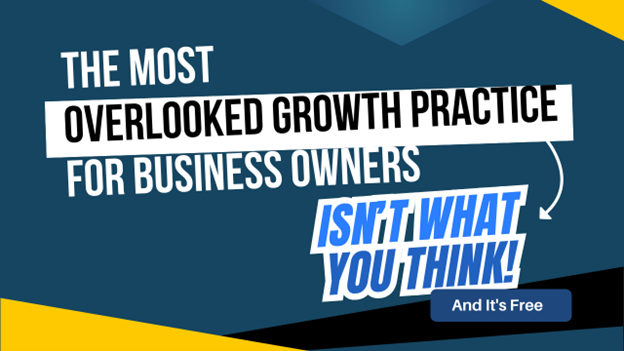15 Tech Tools to Elevate Your Work-Life Balance
- Mastering time management and prioritization through technology enables focusing on vision, innovation, and growing the business.
- Tools like Trello, Asana, and Slack help create clear schedules and facilitate team collaboration.
- Doist and Evernote help prioritize and categorize tasks efficiently, while LastPass securely stores passwords and sensitive data.
- Social media management tools like Hootsuite and Buffer allow scheduling posts in advance to save time. Flodesk and HubSpot assist with email marketing.
- Dropbox, Google Analytics, and Grammarly aid in file sharing, understanding website usage, and improving writing skills.
- Automatic time trackers like Toggl and IFTTT keep tabs on billable hours and automate repetitive jobs.
508 words ~ 2 min. read
Running a small business or being an entrepreneur brings a whirlwind of challenges that can sometimes feel overwhelming. Among these obstacles, the ability to juggle multiple tasks while maintaining productivity and efficiency stands out as one of the most critical. We get it, it's tough! The good news is that there's a solution. In this article, we'll explore how effectively managing your time and utilizing essential tech tools can propel your business towards growth.
Boost Your Productivity: 15 Essential Tech Tools for Efficiency, Organization, Collaboration, and Ease
When you’re running your own business, it's tempting to believe you're the only one capable of handling all the tasks required to keep operations going. But let's face it, that approach is neither effective nor sustainable. This is where time management and prioritization come into play. By allocating your time and resources wisely, you can optimize your workflow and focus on the tasks that truly drive your business forward.
Productive Workflows
The first step towards effective time management and prioritization is creating a clear schedule. Tools like Trello, Asana, and Slack can be your secret weapons here. Trello helps you organize projects and tasks effortlessly, while Asana provides a centralized hub for team collaboration. And when it comes to real-time messaging and file sharing among teams, Slack has got your back.
Stay Organized & Efficient
Once you've got your schedule in place, it's crucial to stay focused on the task at hand. Tools like Doist's and Evernote can be your trusty companions, helping you prioritize and categorize your tasks efficiently. And to save time and boost productivity, LastPass securely stores your passwords and sensitive data in one convenient location.
Marketing Shortcuts
We all know that social media management can eat up a significant chunk of your time. Thankfully, tools like Hootsuite and Buffer allow you to schedule your posts in advance, freeing up valuable time for other important tasks. Plus, Flodesk and HubSpot can lend a helping hand with email marketing, while Google Analytics offers invaluable insights into website traffic and user behavior.
Optimize Your Processes
Effective communication and file sharing are also key to managing your time effectively. Dropbox makes it a breeze to store, share, and access files from anywhere. And if you want to take your communication skills up a notch, Grammarly is here to help with suggestions for writing style, tone, and grammar. Lastly, automatic time tracking software like Toggl and IFTTT can work wonders by keeping track of billable hours and automating repetitive tasks, saving you valuable time to focus on other essential endeavors.
Run Your Business like a Boss
Mastering time management and prioritization is the secret ingredient to running a successful small business or being a thriving entrepreneur. By embracing time-saving and productivity boosting tech tools, you can supercharge your workflow, stay productive, and tackle tasks that truly propel your business forward. With these tools in your arsenal, you'll be equipped to navigate the daily challenges of small business ownership or entrepreneurship with much more ease, allowing you to focus more of your time and energy on vision, innovation, and growth.
---
The Leavenworth-Lansing Area Chamber of Commerce is a private non-profit organization that aims to support the growth and development of local businesses and our regional economy. We strive to create content that not only educates but also fosters a sense of connection and collaboration among our readers. Join us as we explore topics such as economic development, networking opportunities, upcoming events, and success stories from our vibrant community. Our resources provide insights, advice, and news that are relevant to business owners, entrepreneurs, and community members alike. The Chamber has been granted license to publish this content provided by Chamber Today, a service of ChamberThink Strategies LLC.




